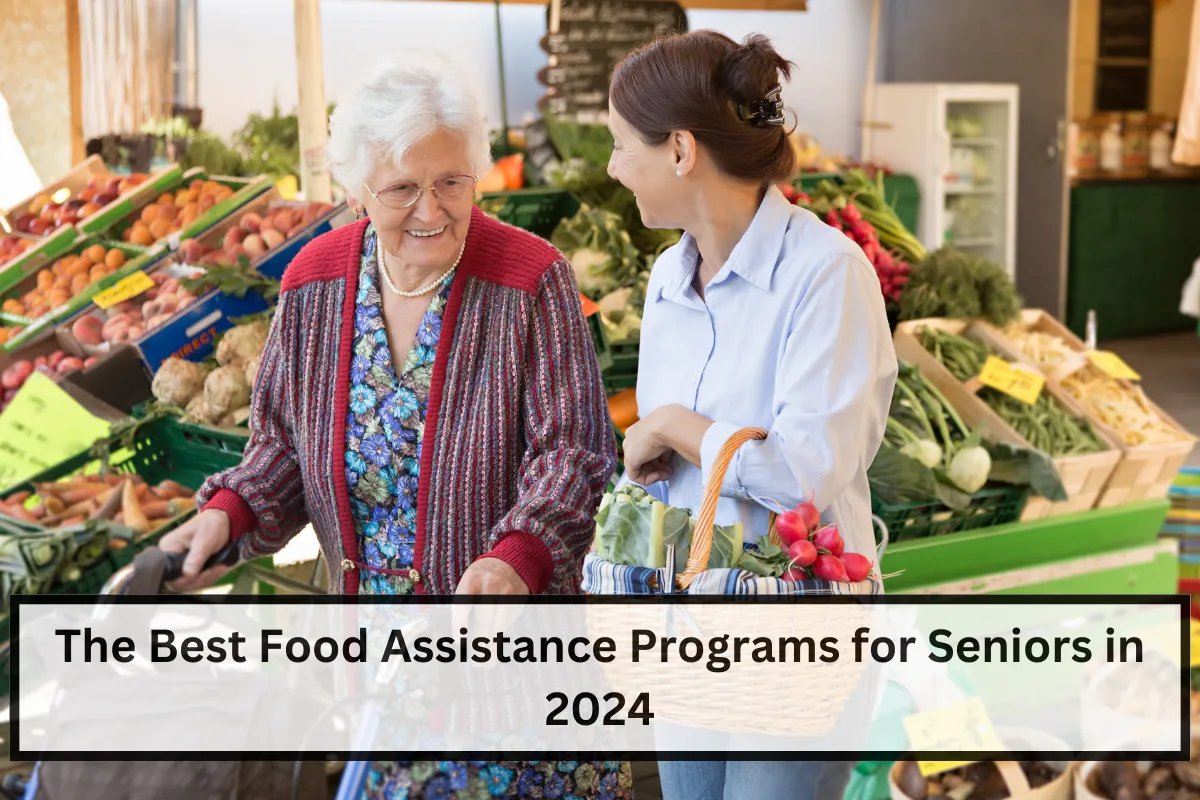As people get older, accessing healthy and affordable food can become a challenge. Fortunately, there are several food assistance programs designed to help seniors over the age of 60 maintain a nutritious diet.
These programs provide everything from coupons for fresh produce to monthly food packages.
This article will explain some of the key food assistance programs that help seniors, including the Senior Farmers’ Market Nutrition Program (SFMNP) and the Commodity Supplemental Food Program (CSFP).
Senior Farmers’ Market Nutrition Program (SFMNP)
The Senior Farmers’ Market Nutrition Program (SFMNP) offers coupons to low-income seniors, allowing them to purchase fresh fruits, vegetables, honey, and herbs at participating farmers’ markets, roadside stands, and community farms.
To qualify for the SFMNP, seniors must be at least 60 years old and meet certain income requirements—specifically, their income should be at least 185% of the federal poverty level.
Commodity Supplemental Food Program (CSFP)
The Commodity Supplemental Food Program (CSFP) helps low-income seniors receive a monthly package of healthy food. These packages contain nutritious foods, such as canned vegetables, fruits, and grains.
The U.S. Department of Agriculture (USDA) works with local organizations to distribute the food to eligible seniors, and in some cases, the food is delivered directly to their homes.
Other Food Assistance Programs
In addition to SFMNP and CSFP, seniors can access several other programs that help provide healthy food:
- Supplemental Nutrition Assistance Program (SNAP): SNAP helps low-income individuals and families, including seniors, buy healthy food by adding to their food budget.
- Child and Adult Care Food Program (CACFP): This program helps adults enrolled in adult day care centers by covering the costs of nutritious meals and snacks.
- Community Dining Programs: These programs serve healthy meals at locations like senior centers up to five days a week. While the meals are free, donations are welcomed.
- Home-Delivered Meals Programs: For seniors who cannot cook or have no one to help, home-delivered meals provide up to five meals per week, free of charge (donations are welcome).
How to Apply for Food Assistance
Seniors who wish to apply for food assistance programs can contact their state or local offices for help. They can also visit the USDA Food and Nutrition Service website, Benefits.
gov, or call the National Hunger Hotline at 1-866-3-HUNGRY for more information. Seniors in Pennsylvania can reach out to their local Area Agency on Aging to learn more about the available services.
These programs are crucial in helping seniors maintain a healthy diet by providing access to fresh and nutritious food. They also aim to support local farmers by encouraging people to buy locally grown produce.
Access to healthy food is essential for seniors, and several federal and state programs are available to assist them in getting the nutrition they need.
By participating in these programs, seniors can enjoy fresh fruits and vegetables, receive regular food packages, and access meals from local dining programs.
To learn more about eligibility and how to apply, seniors can contact local agencies or visit official websites.

